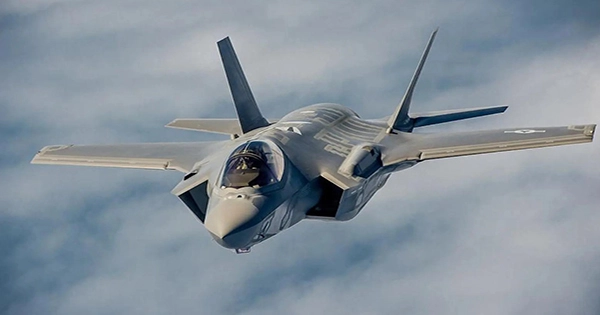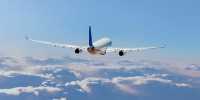Joe Biden cautioned Russia about the repercussions of aggression during pre-war talks between the US and Russia, but clearly ruled out the prospect of the US using armed action. The call for a military reaction from Nato is growing stronger as Ukrainian citizens are being attacked and refugees flow into other central European nations. Ukraine’s president, Volodymyr Zelensky, claimed that the skies “ought to be closed over” – and a Ukrainian journalist addressed UK Prime Minister Boris Johnson at a news conference, crying out for western help to enforce a no-fly zone over Ukraine, which Johnson flatly denied.
The apparent reason for the Ukrainians’ desire for a no-fly zone is that it would restrict Russia’s ability to unleash attacks on Ukrainian cities. Despite the fact that, as Johnson pointed out, a no-fly zone would not prohibit Russia from striking targets in Ukraine with missiles. Ben Wallace, the British defence minister, also advocated against a no-fly zone, claiming that it would hinder Ukrainian jets from attacking Russian soldiers on the ground. The tactical grounds for a no-fly zone are unpersuasive. Because it is enforced by aircraft that continually monitor the sky, a no-fly zone does not mean that no aircraft are allowed to fly.
Only if Ukrainian planes are outfitted with Nato “friend-or-foe identification” could a no-fly zone be imposed on hostile planes, which would prevent Russian assault helicopters from helping ground forces. The Ukrainian air force would be able to strike Russian convoys reaching key cities. The feared dangers of escalation are the most basic reason why the US and other Nato governments are firmly opposed to any direct military missions in Ukraine.
Indeed, Vladimir Putin has previously threatened to deploy nuclear weapons in retaliation for economic and political sanctions on Russia. Western authorities have so far ignored these warnings because they do not believe they are genuine. However, Russia’s massive nuclear weapons and the threat of a larger conflict effectively dissuade Nato members from participating militarily in any way other than delivering equipment. Nuclear deterrence is working; it is deterring Nato because western officials doubt Russia’s leadership is sensible.
The Russian air force, without a doubt, has significantly more assets and capabilities than the Ukrainian air force. Many people are surprised that Russia has yet to gain air supremacy, and Ukraine’s airspace is still contested. The Russian air force continues to offer a severe and rising threat to Ukraine, despite the fact that anti-aircraft missiles still pose a substantial threat to Russian aircraft and Ukrainian air force fighters can still undertake low-level, defensive counter-air and ground-attack operations.
The Ukrainian Sukhoi Su-27 Flanker fighter jet is in a battle for the sky. Shutterstock/VanderWolf Images. The Russian air force has stationed over 300 sophisticated military aircraft in Ukraine’s conflict zones, although they haven’t conducted many missions yet. The tactical reasons are unknown, though a commentary from the Royal United Services Institute suggests that a lack of precision-guided munitions, deconflicting difficulties (avoiding friendly fire from ground-based Russian anti-air missiles), and Russian pilots’ lack of flight experience could all be factors.
There’s no denying that Nato planes might combat Russian planes. If Russia chose to escalate, establishing air supremacy will require very intensive military confrontations. The F-22 Raptor and F-35 Lightning, both fifth-generation US combat aircraft, are a generation ahead of Russia’s most sophisticated aircraft, the SU-57. It’s also worth noting that the majority of Russian planes deployed are expected to be the less sophisticated SU-30 and SU-35.













